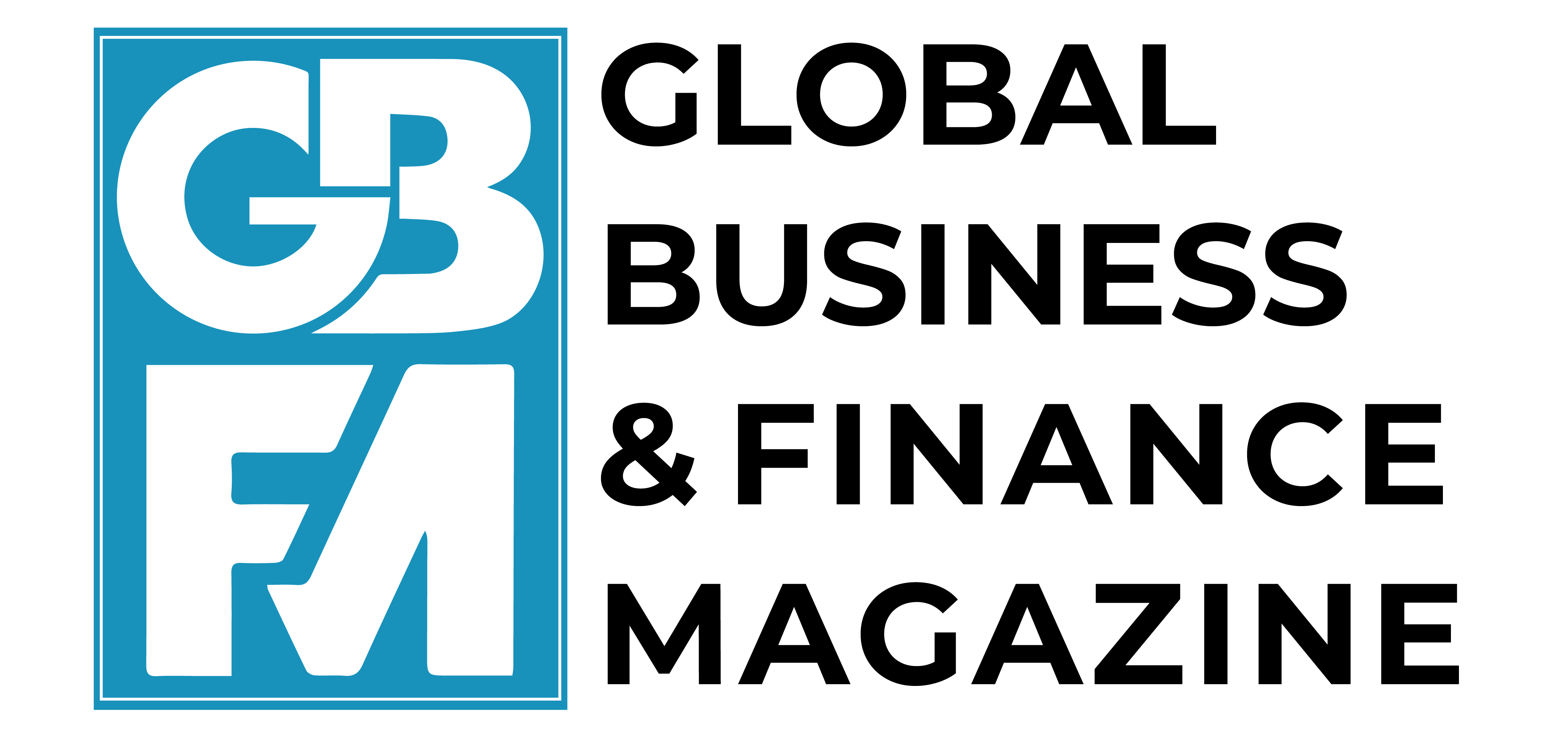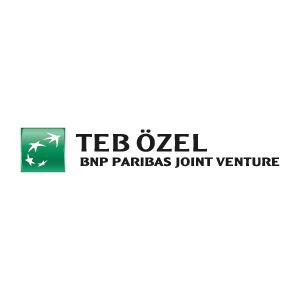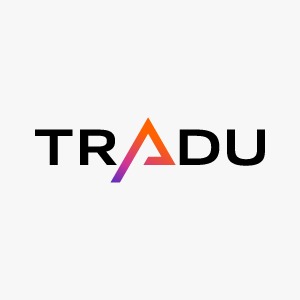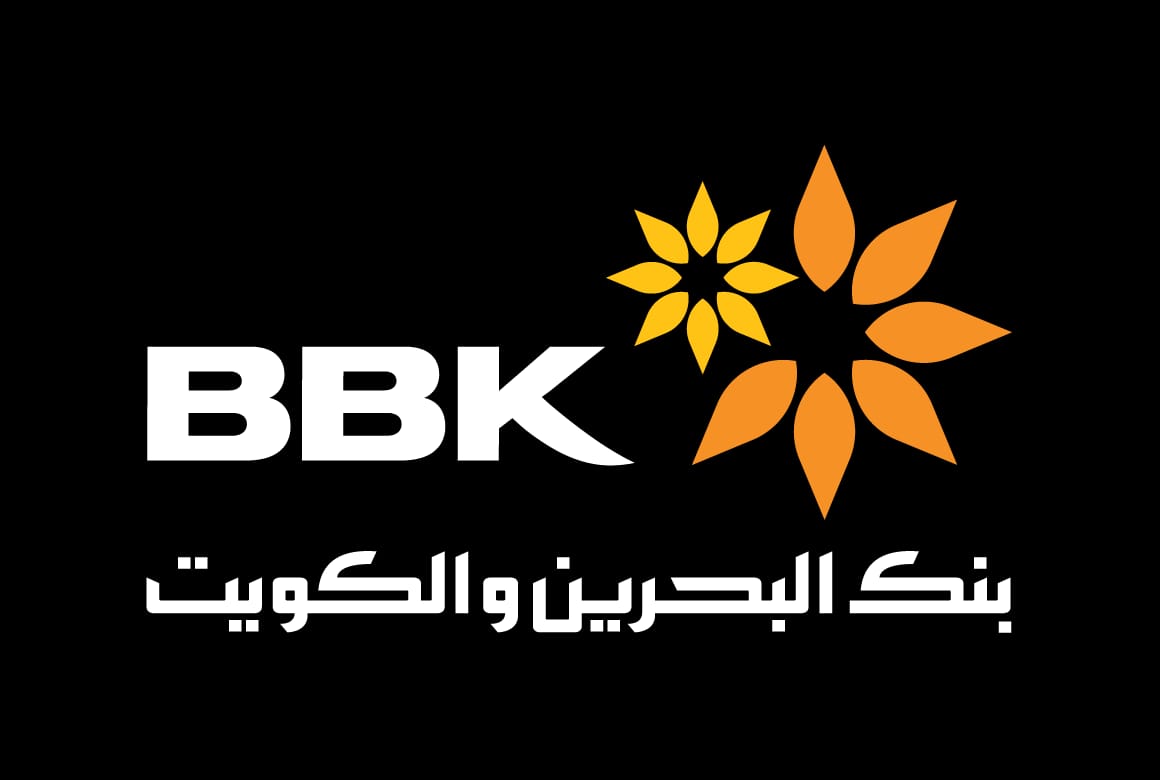Despite its small size, Lebanon’s chronic crises send financial shockwaves across the Middle East and North Africa. This column uses a Twitter-based index of economic policy uncertainty to track Lebanon’s instability and shows that it transmits financial shocks to seven MENA economies, with spillovers are strongest for Egypt, Jordan, and smaller Gulf states. Real-time policy uncertainty signals can help regional policymakers and investors manage risk and improve financial resilience.
Lebanon has long faced political and economic instability. Recent shocks have included the spillover effects of the Syrian civil war, a banking system collapse, financial and economic crises, a default on sovereign Eurobonds, the COVID-19 pandemic, the August 2020 port explosion, and prolonged periods of caretaker governments as well as periods with no president. These crises have sent shock waves through the Middle East and North Africa (MENA) region. Using a novel Twitter-based economic policy uncertainty index (TEPU), we capture Lebanon’s policy uncertainty in a timely manner through global tweets on economic, policy, and uncertainty-related events for the period January 2011 to January 2023 (Altug et al. 2025). Applying a network connectedness approach during the period June 2015 to December 2022, we find that Lebanon’s policy shocks significantly drive stock market volatility in seven MENA economies – Egypt, Jordan, Kuwait, Qatar, Saudi Arabia, Türkiye, and the United Arab Emirates (UAE) – although with varying effects. These findings underscore Lebanon’s role as a key transmitter of regional financial instability, offering vital insights for policymakers and investors to mitigate cross-border spillovers.
Use of economic uncertainty measures
Recent studies have explored economic policy uncertainty (EPU) and financial spillovers in the MENA region, but Lebanon’s role as a volatility transmitter remains underexplored. Baker et al. (2016, 2021) pioneered EPU indices using news and Twitter data, linking policy uncertainty with global market volatility. Bloom et al. (2015) created a new economic policy index to examine the role of migration from the MENA to quantify the impact of migration-related fears in France, Germany, the UK and the US. In a more contemporaneous application, Nguyen and Arezki (2020) argue that the incidence of the Covid-19 shock and the decline in oil prices constitute a dual shock for the MENA countries. Balcilar (2023) find a strong financial connection between Gulf countries during crises, while El Sayed and Yarovaya (2019) show that the 2008–2009 global financial crisis generated more spillovers than the Arab Spring. However, no study has developed a Lebanon-specific EPU index or examined its regional impact.
Our work fills this gap by constructing a TEPU index for Lebanon and analysing its spillovers to seven MENA stock markets, using the Diebold-Yilmaz Connectedness Index methodology described in Diebold and Yilmaz (2009, 2012), to quantify the transmission of volatility. Our Twitter-based Economic Policy Uncertainty (TEPU) index for Lebanon filters for keywords (“Lebanon,” “economic,” “policy,” “uncertainty”) and eliminates duplicates or bot-generated content to ensure reliability. The TEPU index captures major crises, including but not limited to the Syrian civil war and its consequent effects, episodes of political dysfunction during 2017 and beyond, Lebanon’s financial and economic collapse in 2019, and extreme events such as the August 2020 Beirut port explosion.
A diverse yet connected region
The MENA region is marked by economic diversity, with Saudi Arabia, Türkiye, and the UAE boasting large, liquid stock markets, while Kuwait and Qatar enjoy high per capita incomes and active regional roles. In contrast, Egypt and Jordan face political instability and weaker macroeconomic fundamentals, exacerbated by their proximity to the conflicts in Gaza and the West Bank. Lebanon’s economic links, through $6.5 billion in annual remittances (48% from Gulf countries) and investments, amplify its influence.
Our analysis shows that Lebanon’s policy uncertainty, measured by the TEPU index, significantly drives stock market volatility in seven MENA economies between 2011 and 2023. Key events, such as the effects of the Syrian civil war since 2011 and the consequent twin terror attacks in a Shia neighborhood in Beirut in 2015, the 2019 financial crisis and the ensuing civil protests, and the August 2020 Beirut port explosion, trigger sharp TEPU spikes, reflecting increased uncertainty (see Figure 1).
Figure 1 Monthly TEPU index for Lebanon from January 2011 to January 2023 with major economic policy uncertainty events


We find that Lebanon acts as a net transmitter of volatility. Egypt and Jordan experienced the largest spillovers during the twin terrorist attacks in 2015 and the August 2020 port explosion, likely due to their political instability and economic ties through remittances and investments. Likewise, we observe large spikes in connectivity during these events for the small open economies of Kuwait and Qatar. In contrast, Gulf countries such as Saudi Arabia and the UAE exhibit lower sensitivity, reflecting their deeper financial markets and economic resilience (see Figure 2). For example, the 2020 Beirut explosion caused immediate volatility spikes in all MENA stock markets (except Türkiye), but the responses in the Saudi Arabia and UAE stock markets were less than half of those in the other four countries. Finally, Türkiye has stock markets that are less affected by such events, suggesting that its financial markets respond more to domestic and international shocks.
Figure 2 Net connectedness from the TEPU index to stock markets


Our results highlight that regional spillovers are not the just the preserve of large or economically dominant countries. A small but geopolitically pivotal economy like Lebanon can also generate significant spillovers and play a central role in shaping regional dynamics. These findings further underscore the importance of monitoring policy signals on a timely basis – even from smaller, less-studied economies – when assessing regional financial stability.
Policy implications
Given Lebanon’s regular succession of crises, policymakers in those countries identified as being most vulnerable to these shocks should prioritise deepening financial markets and improving liquidity to buffers. In doing so they should look to draw lessons from the resilience of Gulf states like Saudi Arabia and the UAE, whose robust markets mitigate volatility.
Regional cooperation, such as an early warning system in MENA using TEPU indices, could help monitor and manage spillovers, while central banks could adjust monetary policies to stabilise markets during Lebanon’s uncertainty spikes. For investors, the TEPU index serves as a real-time signal to anticipate volatility in MENA markets, particularly in economies linked to Lebanon through remittances and investments. Diversifying portfolios into Gulf markets could reduce exposure to Lebanon’s shocks. Future research should extend the TEPU methodology to other MENA countries or groups such as the Gulf Cooperation Council (GCC) countries to capture region-wide uncertainty dynamics. Exploring additional spillover channels – trade, banking, or migration – could reveal how Lebanon’s crises propagate, especially given its historical instability and links to the civil war in Syria. Understanding the financial impacts of policy uncertainty remains crucial to fostering stability and growth in this geopolitically complex region.
Source : VOXeu



































































